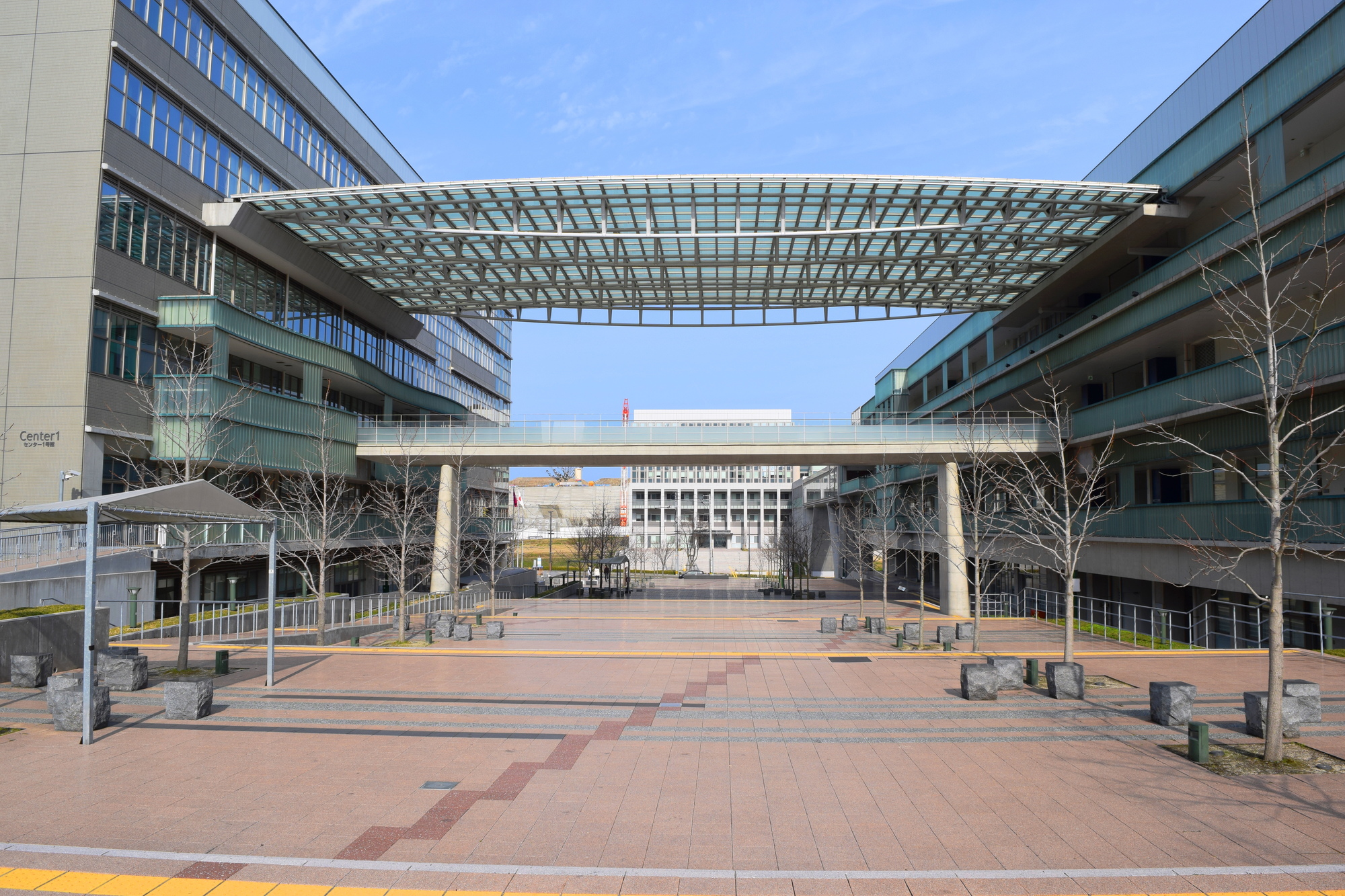An international collaborative research group (Note) led by Associate Professor Satoshi Utsunomiya of Kyushu University discovered particles containing plutonium (Pu) -containing fuel fine particles for the first time in the soil of Fukushima Prefecture, and made full use of multifaceted advanced microanalysis at the nano level. I succeeded in the analysis in.
Traces of plutonium have been detected in the material released by the accident at the Fukushima Daiichi Nuclear Power Station in March 2011, but it has been difficult to elucidate its physical and chemical morphology due to the fineness of the particles.On the other hand, in the event of a disaster, some radioactive cesium is released into the environment as high-concentration radioactive cesium-containing fine particles (CsMP) that are difficult to dissolve in water, and diffuses to the Kanto region.This time, I discovered plutonium from these fine particles.
In the research, the fuel particles contained in CsMP are analyzed by state-of-the-art secondary ion mass analysis, synchrotron radiation microbeam X-ray analysis, isotope analysis of uranium (U) and plutonium by atomic resolution electron microscopy, and identification of chemical species. Was done.
As a result, uranium (IV) oxide nanocrystals were identified inside CsMP, and localization of plutonium and zirconium (a component of the fuel cladding) in the uranium concentration was shown.Furthermore, the isotope ratio of uranium and plutonium in the fuel fine particles was determined (235U / 238U is about 0.0193, 240Pu / 239Pu is about 0.347, 242Pu / 239P is about 0.065), and the value of the irradiation fuel calculated by the calculation code is used. It matched.
As a result, it was found that plutonium was taken into CsMP as fuel particles and released and diffused into the environment.It was also partially but directly shown that plutonium is unevenly distributed on a nanoscale in the fuel debris (molten nuclear fuel cooled and solidified together with the reactor structure) left in the reactor.It is expected to contribute to understanding the debris properties necessary for the long-term decommissioning process and fuel removal.
Note: In addition, National Polar Research Institute, Tsukuba University, Tokyo Institute of Technology, University of Helsinki (Finland), Paul Scheller Institute (Switzerland), Diamond Radiation Facility (UK), Nantes University (France), Stanford University (US) ) Participated and jointly conducted research with the aim of contributing to disaster recovery in Fukushima.
Paper information:[Science of The Total Environment] Particulate plutonium released from the Fukushima Daiichi meltdowns


